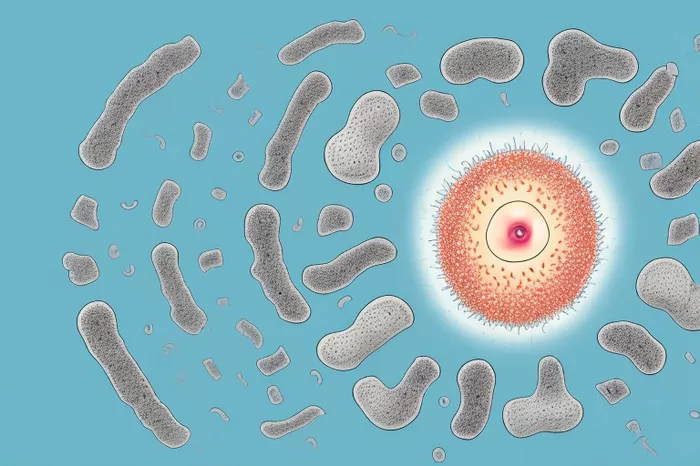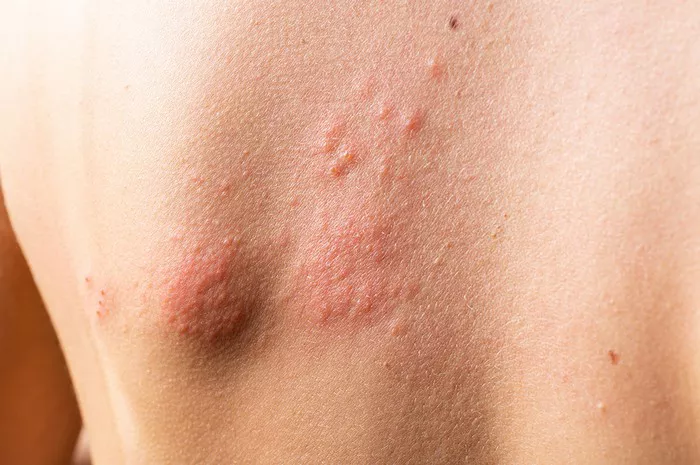Ringworm is a common fungal infection that affects dogs. Understanding what healing ringworm looks like can help pet owners ensure their furry friends are on the right track to recovery. This article will cover the signs of healing, treatment options, and tips for managing ringworm in dogs.
Understanding Ringworm
Before discussing healing, it’s essential to understand what ringworm is. Despite its name, ringworm is not a worm. It is a fungal infection caused by a group of fungi known as dermatophytes. These fungi thrive on the outer layer of the skin, hair, and nails.
Common Symptoms of Ringworm in Dogs
The symptoms of ringworm can vary from dog to dog, but they typically include:
Circular patches of hair loss: These patches may appear red and scaly.
Itching and irritation: Dogs may scratch or bite at the affected areas.
Bumpy or crusty skin: The skin can become raised and may develop crusts.
Foul odor: In some cases, a musty smell may develop around the infected area.
If you notice any of these symptoms, it’s essential to consult a veterinarian for a proper diagnosis.
Diagnosis of Ringworm
A veterinarian can diagnose ringworm through various methods, including:
Visual examination: The vet will inspect the affected areas for signs of ringworm.
Fungal culture: A sample of skin or hair may be collected and sent to a lab to confirm the presence of fungi.
Wood’s lamp examination: This special light can help identify certain types of fungi.
Once diagnosed, the veterinarian can recommend an appropriate treatment plan.
Treatment Options for Ringworm
Healing ringworm requires proper treatment. Common options include:
Topical Treatments
Antifungal creams or ointments: These are applied directly to the affected areas.
Shampoos: Medicated shampoos can help remove fungal spores from the coat.
Systemic Treatments
Oral antifungal medications: In more severe cases, veterinarians may prescribe oral medications to treat the infection from within.
Environmental Management
Since ringworm is contagious, it’s crucial to clean your dog’s environment:
Wash bedding and toys: Use hot water and a good detergent.
Vacuum carpets and furniture: This helps remove any spores that may have fallen.
What Does Healing Ringworm Look Like?
As your dog begins to heal from ringworm, you will notice several changes in the appearance of the affected areas. Here are some signs of healing:
1. Decrease in Redness and Inflammation
Initially, the infected area may appear red and inflamed. As healing progresses, the redness will start to fade. The skin will look less irritated, and any swelling will decrease.
2. Regrowth of Hair
One of the most noticeable signs of healing is the regrowth of hair. The hair may initially grow back fine and sparse, but over time, it will become denser. You might see:
Small tufts of hair: Initially, hair may regrow in patches.
Darker or lighter fur: The regrown hair may differ in color from the surrounding fur, but this will even out over time.
3. Improvement in Skin Texture
The texture of the skin will also change as it heals:
Smoother surface: The scabs and crusts will begin to disappear, leaving a smoother surface.
Less flakiness: Any dry or scaly patches will diminish, resulting in healthier-looking skin.
4. Reduction in Itching and Discomfort
As the infection heals, your dog should experience less itching and discomfort. You may notice:
Less scratching or biting: Your dog may stop scratching at the affected area.
Calmer behavior: A reduction in irritation will lead to a calmer demeanor.
5. Absence of Lesions
Eventually, the lesions caused by ringworm will resolve. You should see:
Clear skin: The skin will no longer show signs of infection.
No new lesions: New patches or spots should not develop if treatment is effective.
Monitoring Your Dog’s Recovery
While observing these signs of healing, it’s essential to continue monitoring your dog’s recovery. Here are some tips:
Regular Vet Check-Ups
Schedule follow-up appointments with your veterinarian to assess your dog’s progress. They may perform additional tests to ensure the infection is fully resolved.
Consistency in Treatment
Follow the treatment plan prescribed by your veterinarian. Consistent application of topical treatments and administering oral medications as directed is vital for effective healing.
Maintain a Clean Environment
Continue cleaning your dog’s living area even after signs of healing appear. This will help prevent re-infection or spreading the fungus to other pets or humans.
Preventing Future Infections
Once your dog has healed from ringworm, taking steps to prevent future infections is essential. Consider the following measures:
Regular Grooming
Keep your dog well-groomed to prevent matting and skin irritation. Regular baths with antifungal shampoos can help keep the coat clean and free of fungal spores.
Limit Exposure to Infected Animals
Avoid contact with other animals known to have ringworm. This includes not allowing your dog to play with infected pets or visit places where infected animals may be present.
Boost Your Dog’s Immune System
A healthy immune system can help prevent fungal infections. Ensure your dog has:
A balanced diet: Provide high-quality dog food that meets their nutritional needs.
Regular exercise: Keep your dog active to promote overall health.
Routine veterinary care: Regular check-ups can help identify any health issues early.
Conclusion
Understanding what healing ringworm looks like on a dog is crucial for pet owners. By recognizing the signs of recovery and following the recommended treatment plan, you can help your furry friend regain their health. Always consult your veterinarian for advice tailored to your dog’s specific needs.
With proper care and attention, most dogs can fully recover from ringworm and return to their happy, playful selves. Regular monitoring and preventive measures will ensure a healthier future for your pet. If you have any concerns during your dog’s healing process, don’t hesitate to reach out to your veterinarian.
Related topics:



























